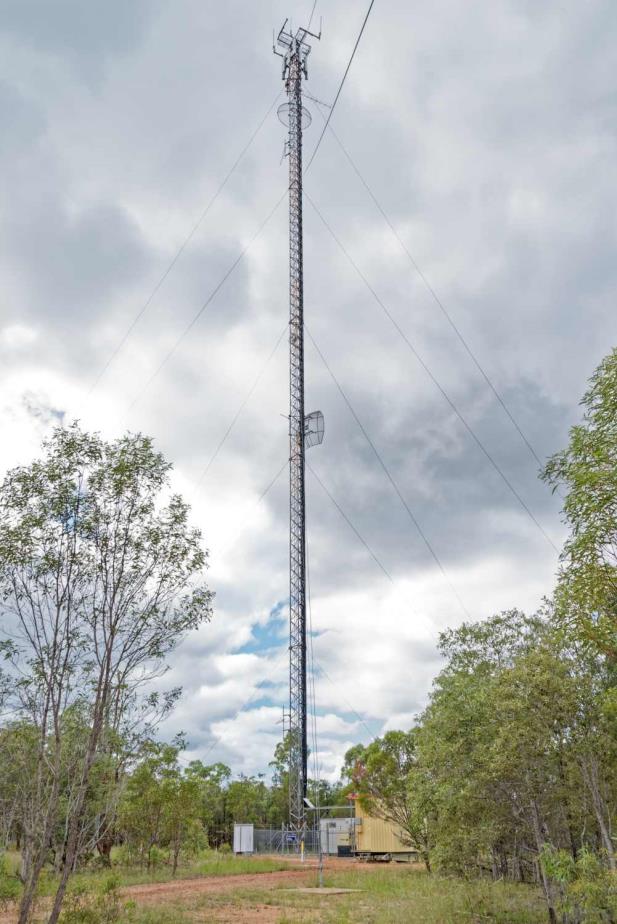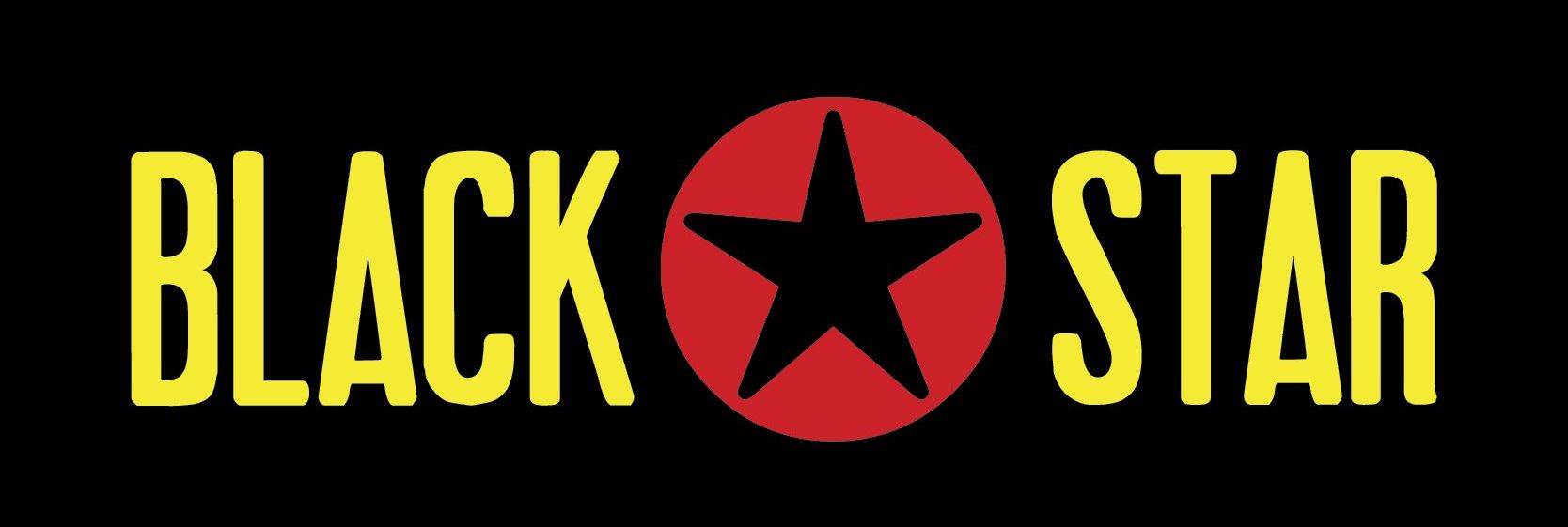Black Star Radio Woorabinda
Frequency: 99.7 FM
Site Location : Woorabinda

About Woorabinda
The Woorabinda Radio station is known locally as Boongara radio and is located in Central Queensland, 170 km southwest of Rockhampton.
In 1927, Woorabinda resedents were relocated from Taroom mission station to the new town of Woorabinda.
Woorabinda – which means ‘kangaroo sit down’ – was established as a town in 1926 and officially gazetted in 1927. Most of the people who populated Woorabinda at that time were relocated from the Mission Settlement at Taroom.
During its early period, the Woorabinda population grew considerably. Aboriginal people were relocated from different traditional lands from north, south, west and east Queensland. Woorabinda celebrates its survival through the re-enactment of the Taroom trek undertaken by those Aboriginal people in 1926.
In 1986 complete control was invested in the Woorabinda Community Council with the issue to the Council of a Deed of Grant in Trust.
There are currently 2 native title claims over Woorabinda, 1 from the Gunghulu people and 1 from the Wadja Wadja people.
Woorabinda based community services include a community health centre, a women’s shelter, a primary school and secondary school, child care centre, Anglicare service, aged persons hostel, post office, banking facilities, sports complex, pastoral company, food takeaway shop, retail store, radio station, vacation care and children’s activity programs.
Anyone wanting to visit Woorabinda is asked to observe cultural protocol by first contacting the Woorabinda Aboriginal Shire Council on 07 4920 9800.
“The Taroom Aboriginal Settlement was established as a government-operated reserve on a site on the Dawson River, east of the township of Taroom, in 1911,”
The settlement housed a population of Aboriginal people from different language groups and regions of Queensland who lived within a highly regulated and tightly controlled institutional environment.
“It is significant because, from the outset, it was established and run by the Queensland government. Prior to this, settlements were run predominantly by missionaries.
“Taroom demonstrates the growing belief by the Queensland government of the time that they should be managing the settlements.”
The site of the Taroom settlement is associated with the establishment of new legislation that enabled direct government control over the lives of Aboriginal people in Queensland.
“The new laws gave the government the power to forcibly move Aboriginal people to and keep them within designated reserves,” he said.
“The realities of ‘living under the Act’ were to profoundly impact upon the lives of Queensland’s Aboriginal people.
“Queensland’s legislation became the model for similar legislation adopted in Western Australia, the Northern Territory and South Australia, the three places with the highest Aboriginal populations at the time.”
Professor Coaldrake said the site and archaeological remains of the former Taroom Aboriginal Settlement are important to Aboriginal people, groups and families across Queensland, particularly those groups removed from their own lands to the reserve.
“While no former inmates of the settlement are alive today, the relatives and descendants of those who lived on the reserve retain a strong and special association with the place, in particular, the two cemetery areas,” he said.
“The archaeological remains that can be found on the site relate, and may potentially be used, to illustrate events which have had a profound effect on their lives and those of their communities.”
The settlement came to an end when the Nathan Dam was proposed and the residents and all of the buildings were relocated to Woorabinda in 1927.
Following closure of the Reserve, the area has been primarily used for pastoral and agricultural purposes, and is currently owned as a pastoral and cropping property known as Bundulla.
“The current owners of Bundulla, which includes the site of the former Aboriginal Settlement, have played an important role as custodians of the place,” Professor Coaldrake said.
The Queensland Heritage Council is the State’s independent peak body and advisor on heritage matters and determines what places are entered in the Queensland Heritage Register.
Places that are entered in the Heritage Register are considered of importance to Queensland’s history and are protected under heritage legislation.



